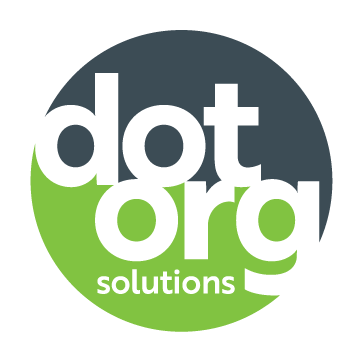Four tips for effectively communicating with diverse audiences
Knowing and understanding your audience is extremely important. In a past blog post, we talked about best practices for building marketing personas and the way they can help your organization get to know your audiences better.
However, knowing who you are trying to communicate with is only half the battle. In order to effectively reach diverse audiences, you have to ensure that the tactics you are using to communicate with those audiences account for the ways they see and interact with the world. You have to consider where they live, the languages they speak and the way they receive information.
Here are some tips for ensuring your communication strategy is inclusive and accommodating.
1. Consider language.
This may seem like an obvious suggestion, but it is very important. The words you use and the way you use them can be confusing for different audiences. For example, if you are trying to reach people who speak English as a second language, refrain from using figurative language. Common clichés or metaphors make sense to you, but they might confuse your audience. Additionally, do not use acronyms or industry specific lingo that is not commonplace. It can make audiences feel intimidated and makes it harder for them to understand what you are trying to tell them.
2. Translate your materials.
Translating brochures, guides or even your website shows your audience that you care and that you are committed to them. By offering a version of your materials in their native language, you are following through on your word to support them. To provide these translations, look for nearby translation services or contact us to learn about the services we work with. If all of your materials include similar language, many translations providers will work with you to ensure you are getting the most for your money. If a translation service isn’t an option, see if you can find a supporter or client who is willing to help you make translations. You can also save some money by designing print pieces that feature multiple languages. Pieces like this allow you to communicate with several different audiences at once while ensuring each is person properly supported. If you want to make sure your website is easy to navigate, look into translation plug-ins that you can add. These plug-ins will offer visitors the option to view your web content in their native language, allowing you to more effectively communicate with them.
3. Try communicating on new platforms or in new places.
Do not assume that your audience consumes information in the same way or on the same platforms that you do. During your marketing persona development, you will want to list the different ways your audience communicates. Make sure to think outside the box. Are there social media platforms that may not be popular in the United States but are popular in their home country? Is a mailed brochure a useful investment, or would a broader approach of billboards or bus signage be a better way to reach them? Where do they typically spend time? Try to make sure information about your services is easily accessible in the places they are most likely to see them.
There are also certain things you can implement into your social media content to make it more accessible to a wider range of audiences. You can:
Add alternative text (Alt Text) to images
These are descriptions of the images you post that can be read by screen readers for users who are visually impaired. Make sure your alt text is relevant, descriptive and to-the-point. This can be done on Twitter, Instagram Facebook and LinkedIn.
Use image descriptions when necessary
These are similar to Alt Text but are much more detailed and are included in the caption of posts. Use image descriptions to accompany Alt Text.
Use subtitles or close captioning
This allows hearing impaired audiences to enjoy your content. Many social platforms have their own captioning tools, but you can also use other captioning apps online to upload them yourself.
Limit emojis
Using too many emojis can make posts hard to understand for those using screen readers.
4. Use inclusive, person-focused language
You do not want to alienate your audience by addressing them in ways they don’t identify with. Your communication with them needs to be respectful and sensitive, and doing so takes continuous learning and mindfulness. Avoid using labels or adjectives to define users, and make sure you understand your audience clearly, so you know how to properly refer to them as you communicate.
Beyond these four tips, you should be reaching out to your supporters and clients for general communications advice as well! If they are already a member of the audience you are trying to reach, they are the best resource to turn to if you want to ensure you are being inclusive. Ask them to review copy to make sure your audience will understand what you are trying to say. Seek their advice on the best ways to reach your audience. Ask them for clarity on some of the things you need to be aware of when you are producing print pieces, ad campaigns or social posts.
If you want to make sure you are communicating effectively, you need to consider your audience and make sure there is not a disconnect between the way you are presenting information and the way they are receiving it. Instead of assuming that others share your view of the world, try to build a communications strategy that is inclusive and builds a better connection between you and your intended audiences.
Like what you read? Subscribe to our weekly blog and it will be delivered directly to your inbox!

Dot Org Content Team
Dot Org Solutions works with nonprofits of all types to raise more money, communicate effectively and educate their constituents so they can build better communities. Our proven systems and years of experience help reduce the anxiety and stress felt by nonprofit teams, giving them more time to focus on other important things.

